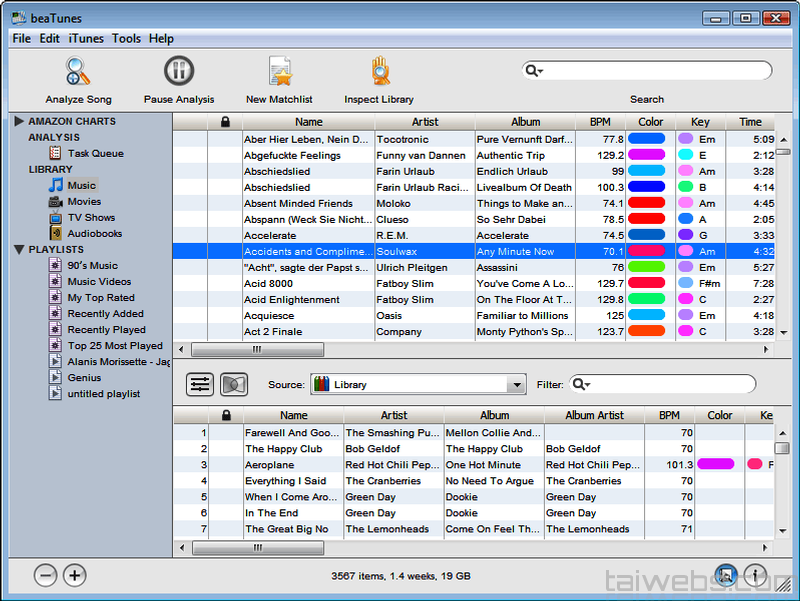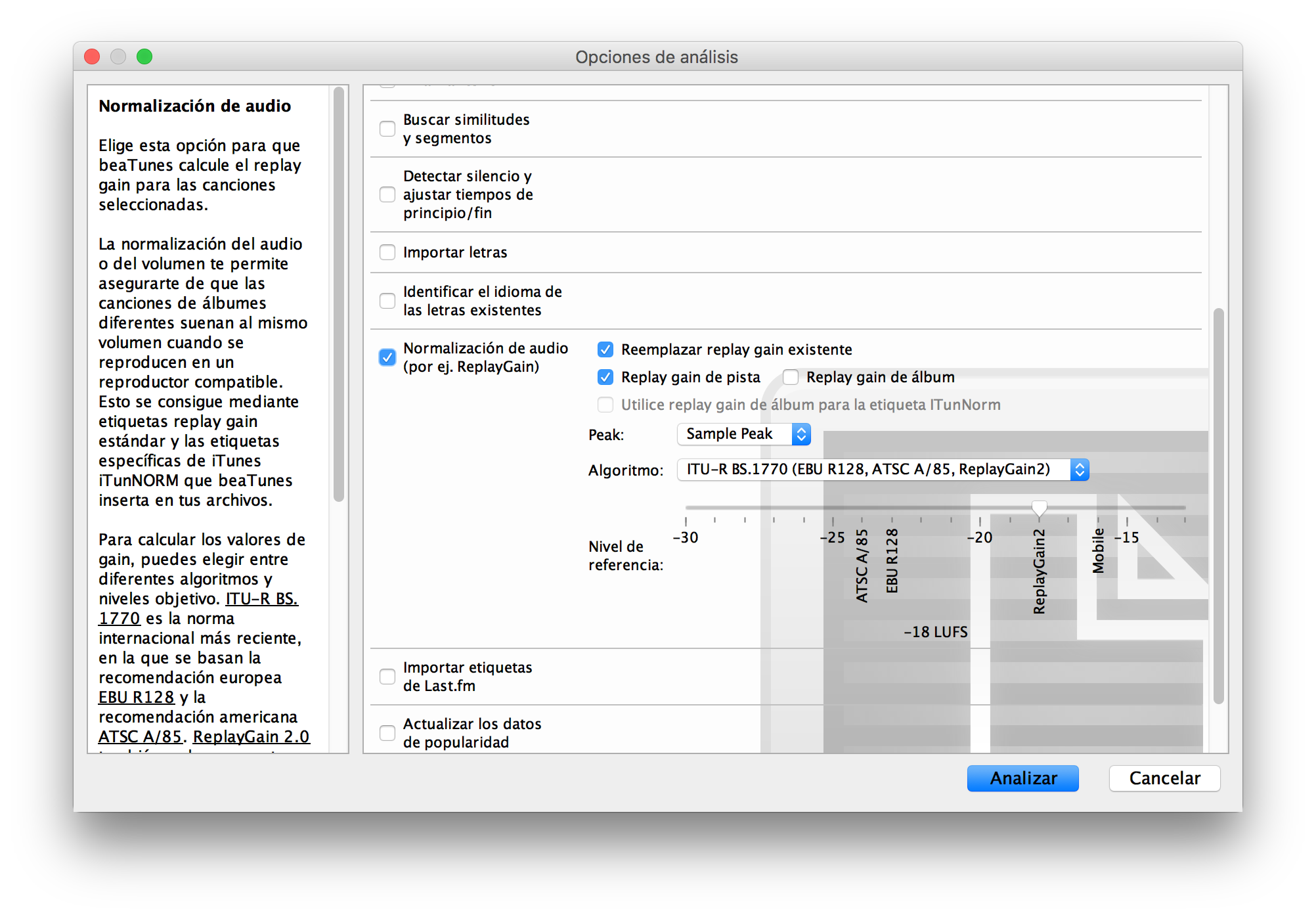
For 4.6.1, this logic has been completely rewritten.The latest version of Swinsian v2.0. Compared to all other values beaTunes computes, this is a big exception and requires some extra synchronization logic. Because the beaTunes analysis queue processes multiple tracks in parallel and independently, computing Album Replay Gain is a little like dealing with a pink, spotted elephant: All tracks for an album have to be loaded, analyzed and the metadata has to be written, while another analysis thread may already work on one of those files. And as beaTunes comes bundled with a Java runtime, there is no need for you to update your system’s Java to get this feature.Īnother important bug fix deals with Album Replay Gain. Thanks to a recent Java update (8u92), beaTunes is now able to request the integrated GPU instead of the high performance one, resulting in lower power consumption. Easily find typos or different spellings of artists names, automatically fill in the album artist names, and much more. There really is no reason why beaTunes should use the high performance GPU. Also related to graphics: the choice of GPU (graphics adapter) on OS X. In general, beaTunes will feel a little faster and scrolling around in huge lists should be more responsive. If you have ever seen blank lines in the main song table-this update is for you. This avoids the common problem of having to manually adjust volume levels between. Typically, the replay gain and peak level values are then stored as metadata in the audio file. It allows media players to normalize loudness for individual tracks or albums. with iTunes on Mac and PC, iPod, iPhone, Apple TV, FrontRow and AirTunes. – Find duplicates via acoustic fingerprinting.Īmong other things, today’s update fixes a couple of display issues. The difference between the measured perceived loudness and the desired target loudness is calculated this is considered the ideal replay gain value. Therefor iVolume gets the most out of the approved Replay Gain algorithm and. – Find all songs iTunes marks with an exclamation mark and remove them from the library. – Browse songs from your music collection that match the currently selected song.

– Create matchlists, i.e., playlists based on one or more sample songs. – Sort existing playlists so that matching songs succeed each other. The difference between the measured perceived loudness. Equal-loudness contour s are used to compensate for frequency effects and statistical analysis is used to accommodate for effects related to time. – Automatically determine the musical key your songs are in. ReplayGain works by first performing a psychoacoustic analysis of an entire audio track or album to measure peak level and perceived loudness. – Automatically determine BPM (beats per minute).

– Navigate in songs semantically, i.e., segment to segment. Here are some more examples of what you can do with beaTunes: and REM in your iPod’s artist list! No more albums hidden in the compilations section. track-track and album-album, it is understood that Replay Gain is an.

Easily find typos or different spellings of artists’ names, automatically fill in the album artist names, and much more. BeaTunes allow users to analyse their musical.

BeaTunes’ powerful inspection feature lets you clean up your iTunes track data in a way unrivaled by any other software on the market today. What started out as a BPM detection tool for DJs, runners and dancers, has become one of the finest iTunes™ library management tools around.


 0 kommentar(er)
0 kommentar(er)
